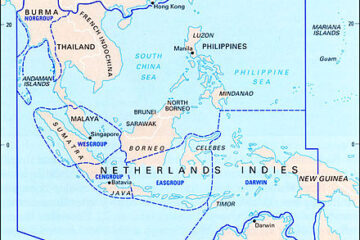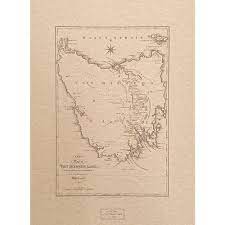Captain Cook’s first voyage brought him to Australia.
The first voyage of James Cook was a combined Royal Navy and Royal Society expedition to the south Pacific Ocean aboard HMS Endeavour, from 1768 to 1771. It was the first of three Pacific voyages of which James Cook was the commander.
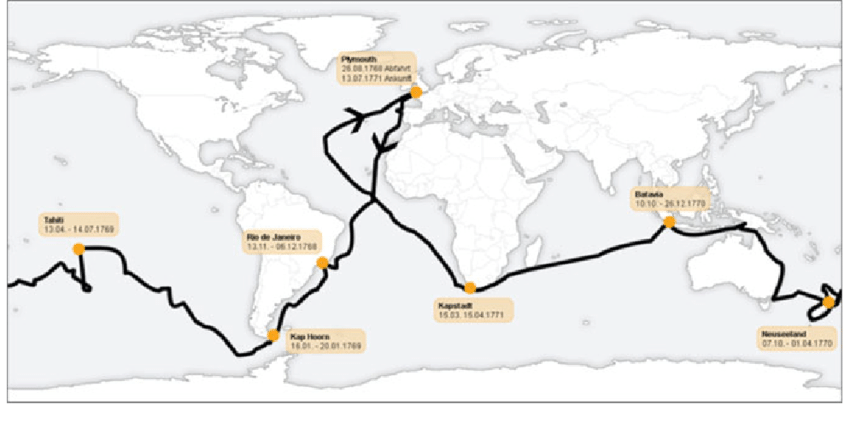
In October 1769 the expedition reached New Zealand, being the second Europeans to visit there, following the first European discovery by Abel Tasman 127 years earlier. Cook and his crew spent the following six months charting the New Zealand coast, before resuming their voyage westward across open sea. In April 1770 they became the first known Europeans to reach the east coast of Australia, making landfall near present-day Point Hicks, and then proceeding north to Botany Bay.
For our story we now move towards his trip back.
The expedition continued northward along the Australian coastline, narrowly avoiding shipwreck on the Great Barrier Reef. In October 1770 the badly damaged Endeavour came into the port of Batavia in the Dutch East Indies, her crew sworn to secrecy about the lands they had discovered. They didn’t want to give the Dutch any reason to formally take possession of New Holland.
Disasters struck in Batavia.
The ship Endeavour visited the island of Savu, staying for three days before continuing on to Batavia and arrived here on 11 October 1770. It anchored in its harbour for further repairs and provisioning.
Batavia was known for its outbreaks of malaria, and many in Cook’s company succumbed to the disease and other ailments such as dysentery, including the Tahitian Tupaia, Banks’ Finnish secretary and fellow scientist Herman Spöring.
Most of them would have caught one of these illnesses when they were onshore, when the crew for example visited the Batavian inns. One was less likely to catch it by staying onboard in the rather close confines of the cabins.
Finally on 26 November 1770, The Endeavour sailed from Batavia to Cape of Good Hope. On the journey across the Indian Ocean also the artist Sydney Parkinson and the astronomer Charles Green died of tropical illnesses. In all more than two dozen men died from these diseases.
Below three images of the City of Batavia at the time of Cook’s visit
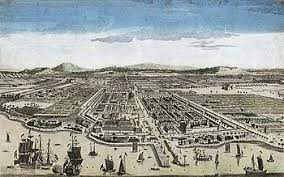
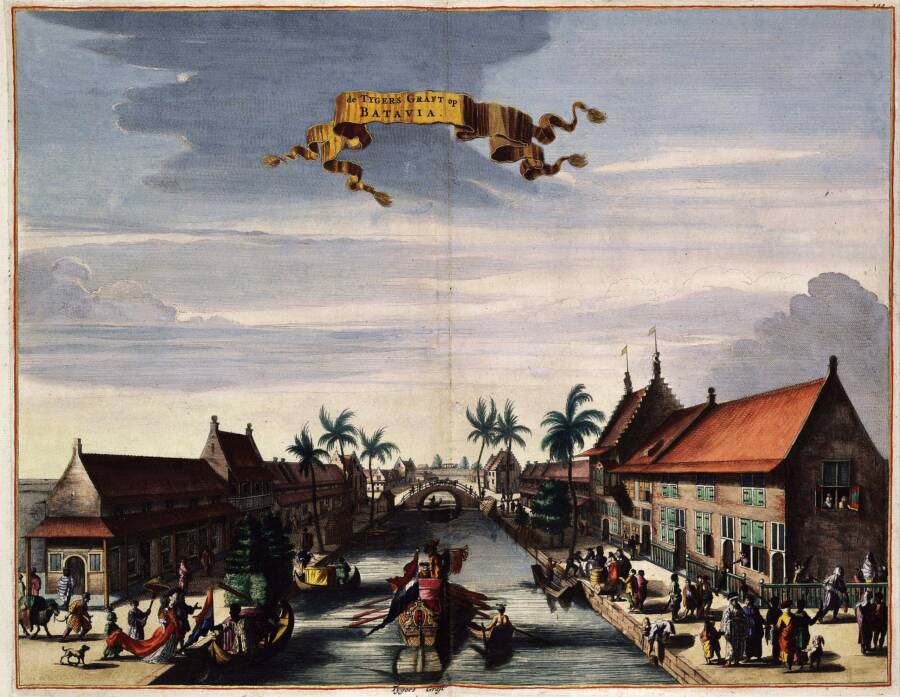

The Aftermath of Cook’s Batavia disaster
After the disastrous events of the Endeavour in Batavia, British ships tried to avoid as much as possible a stop over in Batavia and get supplies in the Russian and Chinese ports. Nevertheless, sailing through the tropics still cause many illnesses, however they were less mortalities. Captain’s Cook Third Voyage avoided Batavia. By the time they reached SE Asia Cook had already been killed in Hawaii. After leaving Macao in January 1780, their ship HMS Resolution and HMS Discovery headed for the Sunda Strait (separating Java and Sumatra), the gateway to the Indian Ocean and home. Here the crew still suffered tropical illnesses however there was no loss of life from its close encounter with Batavian waters.
Captain James King who in the meantime had taken over the command of the expedition, recorded in the official account of the voyage, Batavia was “a place we all dreaded exceedingly, from the sad havoc the unhealthiest of the climate had made in companies of the former ships (Endeavour) that had been out on discovery and had touched there”.
Batavia built on marshland.
In 1602, the Dutch government granted a monopoly on Asian trade to the Vereenigde Oost-Indische Compagnie (VOC) (Dutch East India Company). In 1603, the first permanent Dutch trading post in Indonesia was established in Bantam, West Java. In 1610, Prince Jayawikarta granted permission to Dutch merchants to build a wooden godown (warehouse) and houses on the east bank of the Ciliwung River, opposite to the township Jayakarta.
Tensions between Prince Jayawikarta and the Dutch escalated in1618, when Jayawikarta’s soldiers besieged the Dutch fortress containing the Nassau and Mauritius warehouses. They were supported by a fleet of 15 English ships. The tide turned when in 1619, the neighbouring Sultanate of Banten sent a group of soldiers to summon Jayawikarta. His agreement with the English had not been approved by the Bantenese authorities. The Dutch now seized the opportunity to defeat the Prince and the Englishmen, they assumed control of the port after destroying the existing city.
On the ruins of Jayakarta, Batavia was built as a company town and as such it became the headquarters of the VOC in East Asia. It is situated on the north coast of Java, in a sheltered bay, on a land of marshland and hills crisscrossed with canals. Jakarta has a tropical monsoon climate. The wet season in Jakarta covers seven months: November to May.
As we have seen before the tropical climate combined with these marshlands made it a very unhealthy place. While the Dutch built their residence and houses on higher grounds. The port and all its facilities including bars, inns, and brothels as well as the houses of workers (many Chinese) and the huts of the local people were all situated in Lower City.
With the enormous influx of people (and buildings) from the 20th century onwards, the city now called Jakarta, the capital of Indonesia, is slowly sinking and the government has started construction on a new capital city , Nusantara, East Kalimantan on the island of Borneo.
See also:
A small Dutch role in the story of the Mutiny of the Bounty
Dutch supplies for starving First Fleeters in Sydney – 1790
Video – The City of Jakarta (Batavia), before 1935 – Tempo Doeloe Jakarta. Explore Batavia, (now Jakarta(, in the years before independence, and travel through the streets of this fabled city, experiencing the sights and sounds of a city lost in another time.
This is a YouTube video. After playing the video, press the return button to go back to the DACC Hub.
